Add Crown Molding to Historic (1773+) Home?
nziegler773
12 years ago
Related Stories
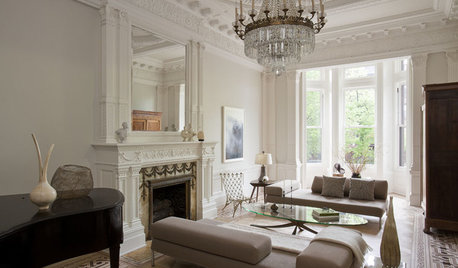
REMODELING GUIDESCrown Molding: Is It Right for Your Home?
See how to find the right trim for the height of your ceilings and style of your room
Full Story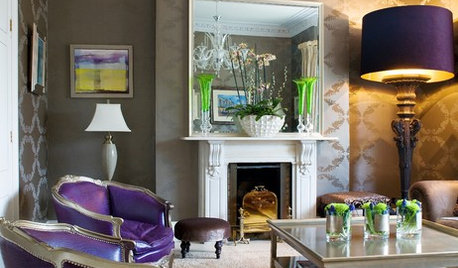
TRIMMolding: Add Texture by Detailing Your Detail
Take the Architectural Accent to the Next Level with These Extra Elements
Full Story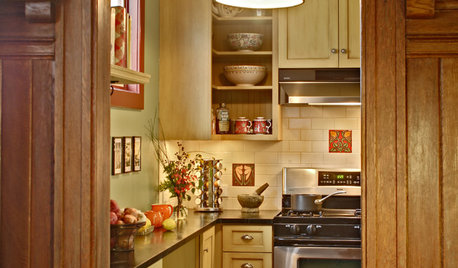
BEFORE AND AFTERSKitchen of the Week: Bungalow Kitchen’s Historic Charm Preserved
A new design adds function and modern conveniences and fits right in with the home’s period style
Full Story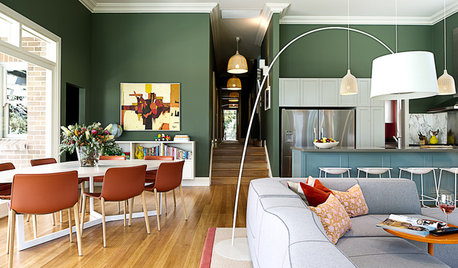
ECLECTIC HOMESHouzz Tour: Historic Home Connects With Its Past
This Sydney family home survived a series of makeovers before finding its perfect match
Full Story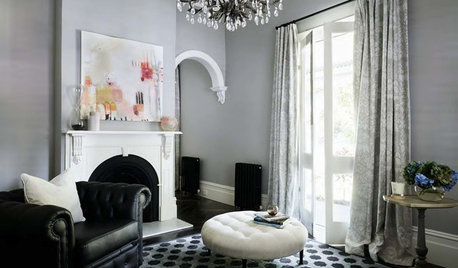
TRADITIONAL HOMESHouzz Tour: Historic Home Combines Elegance and Comfort
The restoration of an 1880s clapboard home preserves classic features while adding contemporary function and style
Full Story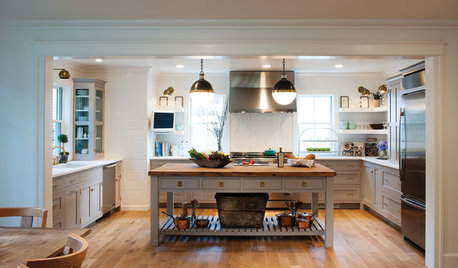
FARMHOUSESKitchen of the Week: Modern Update for a Historic Farmhouse Kitchen
A renovation honors a 19th-century home’s history while giving farmhouse style a fresh twist
Full Story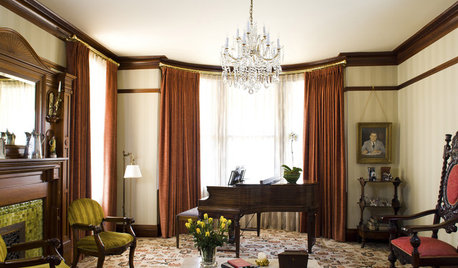
GREAT HOME PROJECTSHow to Bring Out Your Home’s Character With Trim
New project for a new year: Add moldings and baseboards to enhance architectural style and create visual interest
Full Story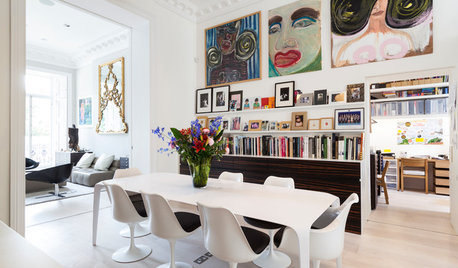
TRADITIONAL HOMESHouzz Tour: Historic London Home That’s Anything but Stodgy
A giant giraffe, striking art and other playful touches add a lively touch to this grand terraced apartment
Full Story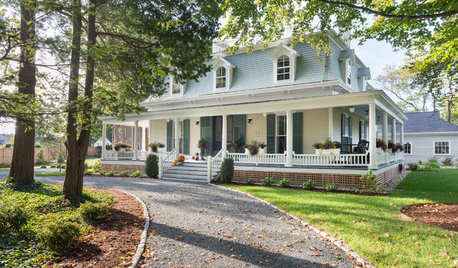
TRADITIONAL HOMESHouzz Tour: Pride Restored to a Historic Rhode Island Home
Designers spruce up Narragansett’s first summer cottage while adapting the Victorian-era home for modern living
Full Story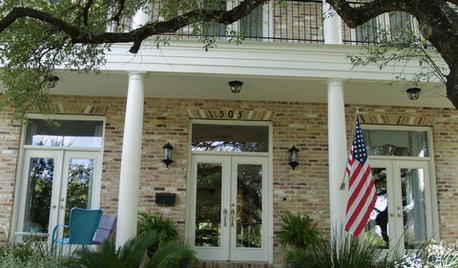
HOUZZ TOURSHouzz Tour: A New Home Honors a Historic Neighborhood
Stained glass, red oak floors and other traditional details give a newly built home in Texas an antique feel that fits right in
Full Story








columbusguy1
nziegler773Original Author
Related Professionals
Clute Kitchen & Bathroom Designers · Federal Heights Kitchen & Bathroom Designers · Ojus Kitchen & Bathroom Designers · West Virginia Kitchen & Bathroom Designers · Williamstown Kitchen & Bathroom Designers · Sunrise Manor Kitchen & Bathroom Remodelers · Londonderry Kitchen & Bathroom Remodelers · Pasadena Kitchen & Bathroom Remodelers · Tuckahoe Kitchen & Bathroom Remodelers · Upper Saint Clair Kitchen & Bathroom Remodelers · Waukegan Kitchen & Bathroom Remodelers · Hawthorne Kitchen & Bathroom Remodelers · Charleston Architects & Building Designers · Clive Architects & Building Designers · Daly City Architects & Building Designerspalimpsest
palimpsest
palimpsest
mainegrower
jonnyp
palimpsest
sombreuil_mongrel
nziegler773Original Author
palimpsest
bulldinkie